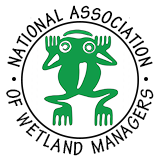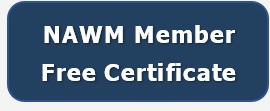NAWM
The National Association of Wetland Managers is a nonprofit membership organization established in 1983 to promote and enhance protection and management of wetland resources, to promote application of sound science to wetland management efforts and to provide training and education for our members and the public. Membership is open to anyone who is involved with wetland resources.
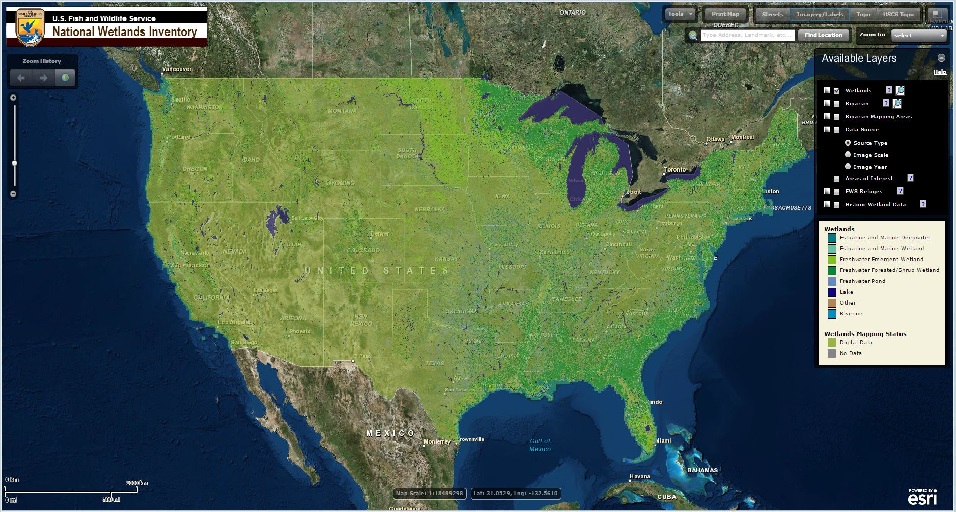 The Wetland Mapping Consortium (WMC), founded in 2008, is an interdisciplinary group of wetland scientists and managers interested in mapping and monitoring wetlands with remotely sensed images and/or using the resultant products to best manage wetland resources. The WMC Steering Committee organizes webinars on topics of interest to the group.
The Wetland Mapping Consortium (WMC), founded in 2008, is an interdisciplinary group of wetland scientists and managers interested in mapping and monitoring wetlands with remotely sensed images and/or using the resultant products to best manage wetland resources. The WMC Steering Committee organizes webinars on topics of interest to the group.
For more information and/or to join our email list for notices about upcoming events, please contact Laura Burchill at laura@nawm.org or (207) 892-3399.
View Past Wetland Mapping Consortium Webinars Here
View a List of Wetland Mapping Consortium Webinar Recordings Here

![]()
National Association of Wetland Managers - Staff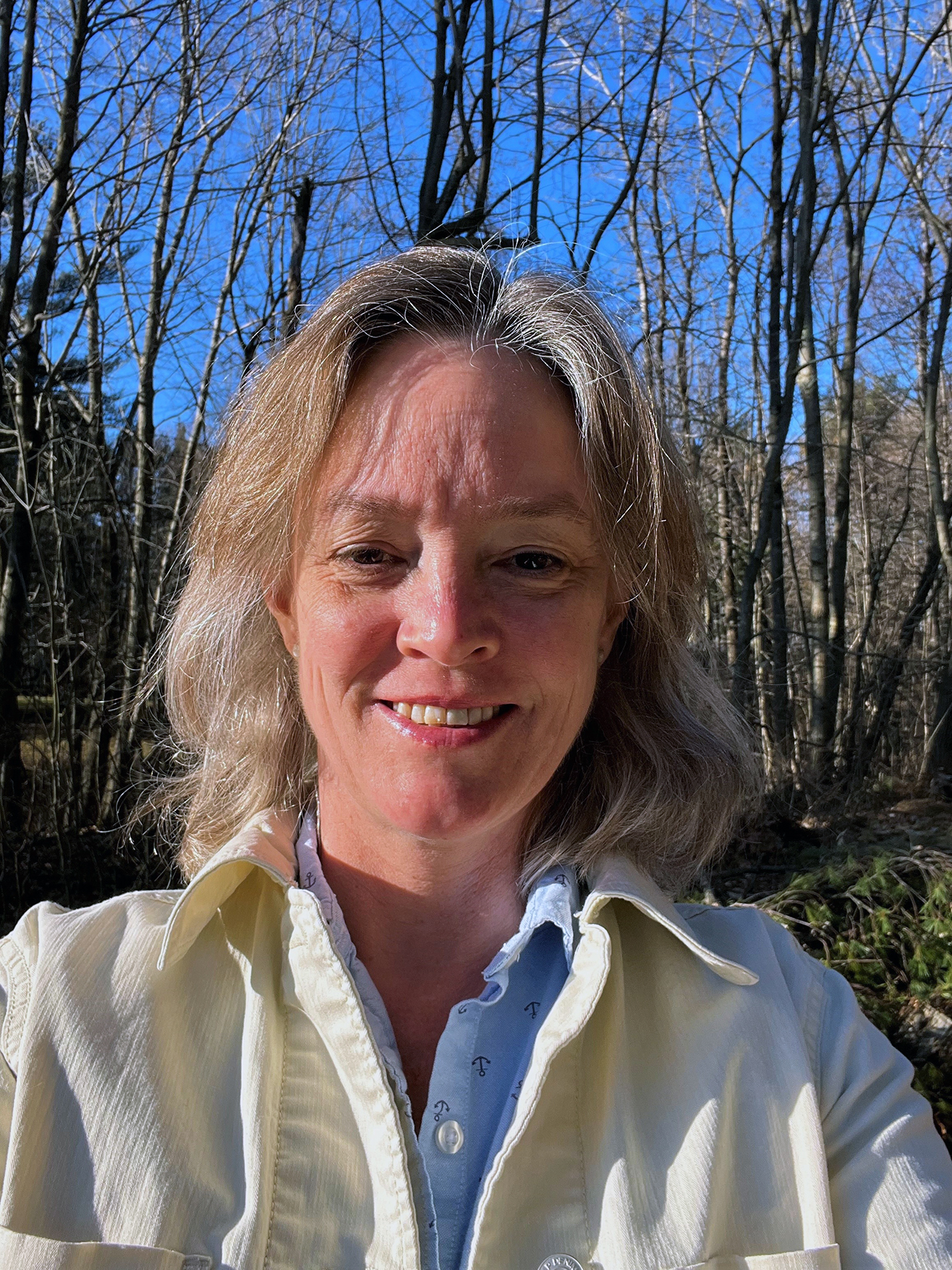 Marla Stelk, Executive Director (marla@nawm.org)
Marla Stelk, Executive Director (marla@nawm.org)
Marla is the Executive Director at the National Association of Wetland Managers (NAWM) where she has worked on wetland policy and management issues since 2013. Marla has over 25 years of experience working on wetland, water, and wildlife issues, climate change, environmental policy and research, land use planning, communications and organizational leadership. Marla has led research at NAWM on topics such as ecosystem service valuation for wetland restoration, the role of wetlands in floodplain and natural hazard management, wetlands and watershed health, wetland mapping and communications. Prior to coming to NAWM, Marla worked for a variety of environmental and social nonprofit organizations helping to build organizational capacity, manage projects and improve internal processes. Marla earned her MA in Community Planning and Development with a focus on Land Use and the Environment at the University of Southern Maine’s Muskie School of Public Service and her BA in Environmental Issues from Colorado College.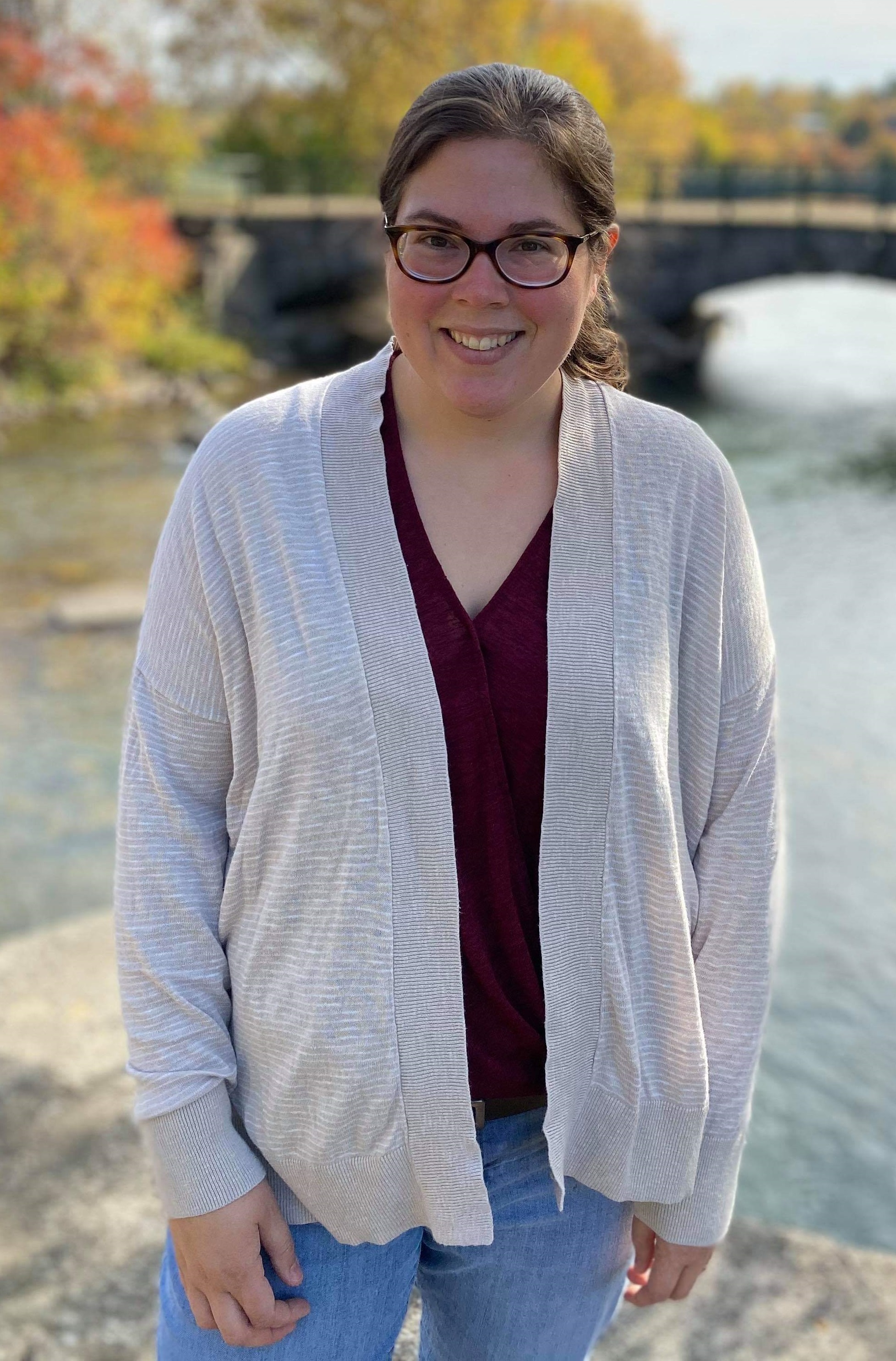 Portia Osborne, Assistant Director (portia@nawm.org)
Portia Osborne, Assistant Director (portia@nawm.org)
Portia is the Assistant Director at the National Association of Wetland Managers (NAWM). In this role, she helps to implement the mission and vision of NAWM and, in coordination with the Executive Director, oversees the day-to-day operations of the organization. Portia has been with NAWM since 2022, during which time she has worked on various projects to build the capacity of state and Tribal wetland programs across the country. She coordinates overall project schedules, tracks project deadlines and outputs, delivers workshops and trainings, facilitates and coordinates various work groups, and moderates webinars. Before coming to NAWM, Portia spent a decade working in environmental consulting, during which time she conducted natural resource assessments and wetland delineations and prepared state and federal-level permit applications for transportation, oil and gas, and renewable energy projects located across the country. Portia earned her MS in Ecology and BS in Environmental Biology from the State University of New York College of Environmental Science and Forestry (SUNY-ESF). Outside of work, she enjoys spending time with her family, chasing her kids at the beach, finding interesting wetlands to visit, and reading a good book. Donna Downing, Senior Legal Policy Advisor (donna@nawm.org)
Donna Downing, Senior Legal Policy Advisor (donna@nawm.org)
Donna Downing is the Senior Legal Policy Advisor at the National Association of Wetland Managers. Donna was the Jurisdiction Team Leader in the U.S. Environmental Protection Agency’s (EPA) Office of Wetlands, Oceans, and Watersheds from 2007-2020. Donna worked on a variety of issues at EPA, with a focus in recent years on the geographic scope of the Clean Water Act (CWA) in light of the U.S. Supreme Court decisions. She also served as EPA’s staff lead for CWA section 401 water quality certification, and on wetland-related legal issues. Prior to joining EPA in 1998, Donna worked for the U.S. Congress Office of Technology Assessment and in private law practice. She has a BA magna cum laude from Harvard University, an MPP from the University of California at Berkeley, a JD cum laude from Georgetown University Law School, and an LLM in Environmental Law summa cum laude from George Washington University Law School. Donna has been an adjunct professor at George Washington University Law School since 1996, teaching environmental law. In what’s left of her time, she moonlights as a professional potter and an unprofessional horse trainer. Donna also enjoys traveling and has traveled by reindeer sled in the Swedish Arctic, gone winter camping with dog sleds in Minnesota’s Boundary Waters Wilderness Area, and bicycled the Burma Road in China. Ian Grosfelt, Environmental Analyst (ian@nawm.org)
Ian Grosfelt, Environmental Analyst (ian@nawm.org)
Ian is an Environmental Analyst with NAWM wearing a variety of hats and working on a variety of projects. He has a BS in Agriculture from Cornell University and a Masters of Environmental Management from the Yale School of the Environment. Ian has a decade of experience working in environmental fields starting as a Peace Corps Volunteer in Senegal and continuing with environmental education organizations throughout New England as a facilitator, school gardener, and trainer. He is also trained in data analysis and geospatial mapping and has a passion for using these tools to further effective conservation. For side projects you can find Ian trying (and hopefully keeping) his hand at woodworking, biking new routes in Maine and building up a kitchen repertoire.
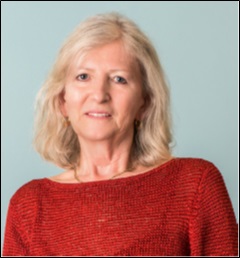 Marti Northover, Accounting and Human Resources Manager (marti@nawm.org)
Marti Northover, Accounting and Human Resources Manager (marti@nawm.org)
Marti Northover is the NAWM Accounting and Human Resources Manager. Marti has over 30 years of professional experience in accounting, logistics and advertising. Marti has an undergraduate degree in Geography from Framingham State University in Framingham, MA and Master's degree in Environmental Science from Clark University in Worcester, MA. Professionally Marti has taught environment related courses at colleges in MA, was owner of an historic inn, worked as the Director of Accounting and HR at a logistic company in MA and a homeless shelter in ME. Six years ago Marti moved to Alfred, ME, where she lives with her husband Vernon, enjoying the lake life and her chickens, ducks and nice garden. Currently Marti is the Treasurer of the Parson’s Memorial Library Board of Trustees and is an Associate Member of Alfred Conservation Commission.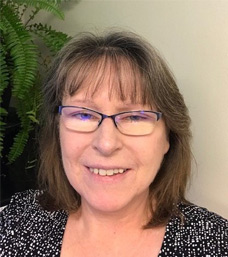 Laura Burchill, Office Manager (laura@nawm.org)
Laura Burchill, Office Manager (laura@nawm.org)
Laura is the Office Manager in the Windham office and has been with the Association since 2004. She is responsible for maintaining the membership information; assisting with the many tasks involved in preparing for webinars and workshops, preparing Association publications as well as general office duties. She has 30+ years’ experience in graphic design and also works part-time for Parent & Family, a local publication. She lives in Windham, Maine with her husband Dave and their canine companion Jay.
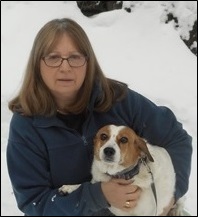 Sharon Weaver, Webmaster (sharon@nawm.org)
Sharon Weaver, Webmaster (sharon@nawm.org)
Sharon is the Publications Specialist and Webmaster for the Association in the Berne, New York office, where she has worked for the past 20+ years. Along with general office tasks, she works on the layout and design of Association publications, reports, and brochures. She helps coordinate NAWM workshops and symposia. She manages the NAWM website, which includes daily updates and prepares and designs new webpages. When she is not entertaining company, she enjoys some alone time with her husband, Ken, and grown children Karla and Pieter. She adores her dog and cats, who complete the family nest.

The National Association of Wetland Managers (NAWM) was founded by Jon A. Kusler, Esq., Ph.D., and Scott Hausmann in 1983 with two goals — to support state wetland programs and to support national wetland policy reflecting sound wetland science. NAWM has tried to stay true to these goals throughout the years, during the ups and downs of funding and politics.
Jon and Scott created the Association with no staff and no budget. NAWM’s first national meeting in 1983 was hosted by Richard Haman and the University of Florida College of Law. To their surprise and delight, over 120 wetland managers and scientists attended. The quality and enthusiasm of the attendees was striking. Most did not know each other prior to the meeting but many emerged friends. Many who attended that first meeting in Florida also continue as wetland advocates and mentors.
This was the first of many workshops NAWM conducted with a broad range of federal agencies such as the U.S. Environmental Protection Agency, U.S. Fish and Wildlife Service, National Oceanic and Atmospheric Administration, Natural Resources Conservation Service, and the U.S. Army Corps of Engineers. Other partners have included the Association of State Floodplain Managers, Society of Wetland Scientists, Association of Clean Water Administrators, Coastal States Organization, National Association of Fish and Wildlife Agencies, and the Environmental Law Institute.
Hundreds of symposia, workshops, publications, webpages, and webinars later, NAWM has established a national presence and is looked to by states, tribes, and other organizations for leadership in matters of national wetland policy, applying sound science, interpreting and implementing the Clean Water Act and related programs, restoring aquatic systems, and facilitating transfer of knowledge among peers and government agencies.
404: Not Found
Sorry, but the content you requested could not be found
DEBUG - This is the Joomla 404 Error Message
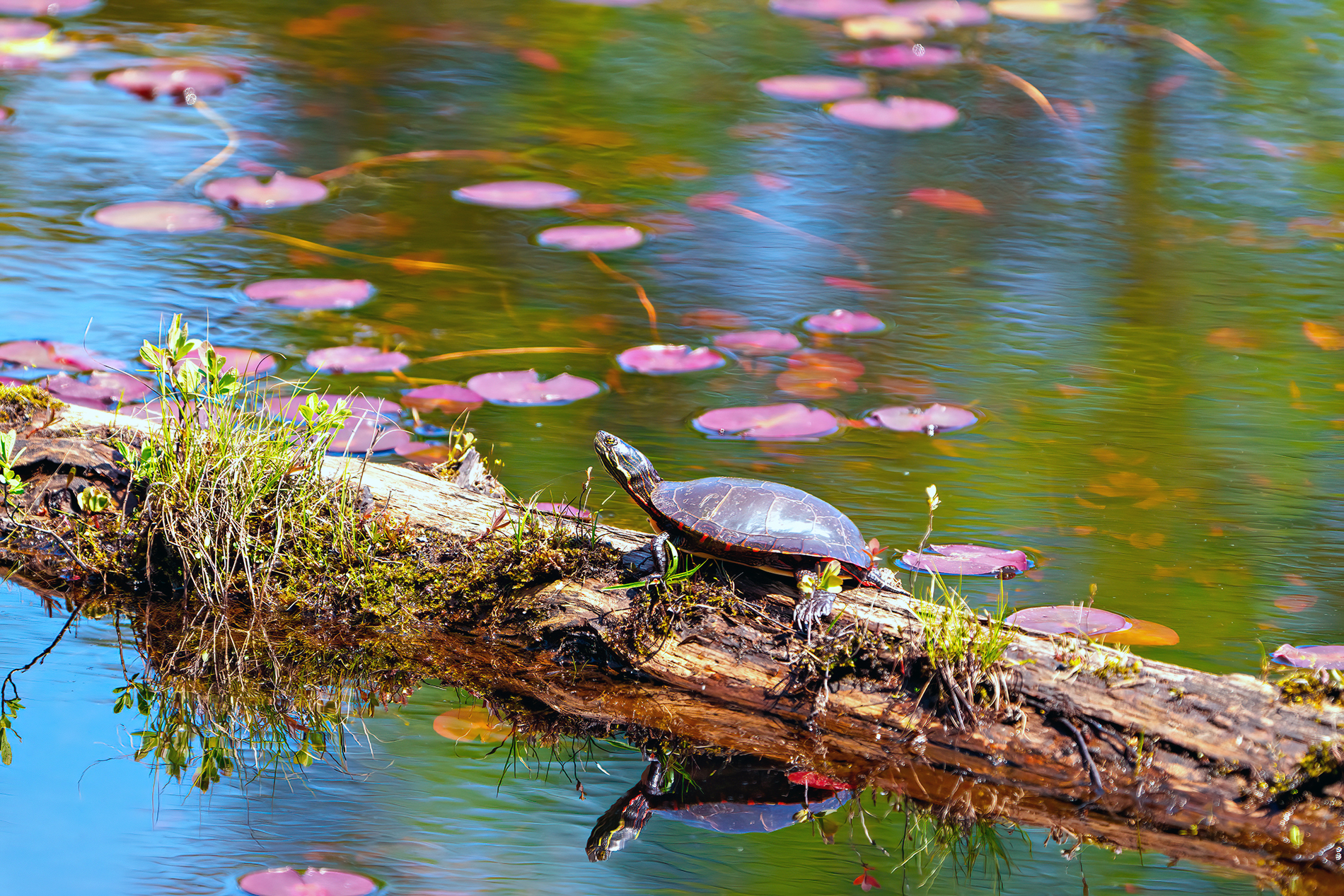 DONATE TODAY TO SUPPORT WETLANDS
DONATE TODAY TO SUPPORT WETLANDS
Wetlands need us now more than ever. Every year, wetlands filter our water, protect us from floods, and provide a home for thousands of species. They’re hardworking ecosystems that support life in ways we often don’t see—until they’re gone.
And they are disappearing.
The National Association of Wetland Managers (NAWM) is working to change that. We provide education, training, and policy support for professionals who manage, protect, and restore wetlands across the United States. But to reduce our reliance on federal funding and scale our impact, we need your support.
YOUR DONATION HELPS SUPPORT
- Tribal Wetalnd Porgrams
- Changing the Narrative
- Jon A. Kusler Student Scholarship Award
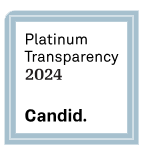
|
One-Year Government/NPO Employee Group - $192 |
|||||||||||||
|
1-YR. EXAMPLE: GOVERNMENT/NPO EMPLOYEE GROUP |
|||||||||||||
|
|
||||||||||||
| Join Here |
How to Receive a Certificate of Attendance for the November 12, 2025, NAWM Members’ Webinar: Strategies and Tools for Peatland Restoration
Using the ClassMarker online system, NAWM will ask you to certify that you attended the entire live NAWM Members' webinar: "Strategies and Tools for Peatland Restoration" on Wednesday, November 12, 2025, from 3:00-4:30 pm Eastern.
Please do the following:
- Choose "NAWM Member Free Certificate" in the box below.
- Once you are in ClassMarker, click on Start and enter your email address and create a password.
- Do not click on Log in and Resume. The Resume button is there in case you misplace this specific certificate and need to retrieve it again. It won’t work for future webinar certificates.
- You will need to create a new password for each webinar certificate you wish to obtain.
- Then follow the prompts and enter your name as you wish it to appear on your certificate and answer the 2 questions about membership and attending the live webinar.
Answering “yes” to the question about your attendance will automatically qualify you to receive a certificate for your attendance. Answering “no” will result in no certificate being issued.
You will be prompted to download your Certificate of Attendance from ClassMarker after you complete the questions.
Once you download your certificate, you can then submit it to the accrediting organization of your choice to potentially receive continuing education units/credits.
All Certificates must be claimed no later than 60 days from the live presentation.
|
I am a NAWM Member: If you have any questions, please contact Laura Burchill at laura@nawm.org or contact the NAWM office at (207) 892-3399. |
How to Receive a Certificate of Attendance for the October 22, 2025, NAWM Members’ Webinar: Geographically isolated wetlands on the Southeastern Coastal Plain: Managing landscapes to maintain and enhance ecosystem services
Using the ClassMarker online system, NAWM will ask you to certify that you attended the entire live NAWM Members' webinar: "Geographically isolated wetlands on the Southeastern Coastal Plain: Managing landscapes to maintain and enhance ecosystem servicesGeographically isolated wetlands on the Southeastern Coastal Plain: Managing landscapes to maintain and enhance ecosystem services" on Wednesday, October 22, 2025, from 3:00-4:00 pm Eastern.
Please do the following:
- Choose "NAWM Member Free Certificate" in the box below.
- Once you are in ClassMarker, click on Start and enter your email address and create a password.
- Do not click on Log in and Resume. The Resume button is there in case you misplace this specific certificate and need to retrieve it again. It won’t work for future webinar certificates.
- You will need to create a new password for each webinar certificate you wish to obtain.
- Then follow the prompts and enter your name as you wish it to appear on your certificate and answer the 2 questions about membership and attending the live webinar.
Answering “yes” to the question about your attendance will automatically qualify you to receive a certificate for your attendance. Answering “no” will result in no certificate being issued.
You will be prompted to download your Certificate of Attendance from ClassMarker after you complete the questions.
Once you download your certificate, you can then submit it to the accrediting organization of your choice to potentially receive continuing education units/credits.
All Certificates must be claimed no later than 60 days from the live presentation.
|
I am a NAWM Member: If you have any questions, please contact Laura Burchill at laura@nawm.org or contact the NAWM office at (207) 892-3399. |
How to Receive a Certificate of Attendance for the September 24, 2025, NAWM Members’ Webinar: Spatially explicit estimation of wetland nutrient inputs and their relationship with water quality
Using the ClassMarker online system, NAWM will ask you to certify that you attended the entire live NAWM Members' webinar: "Spatially explicit estimation of wetland nutrient inputs and their relationship with water quality" on Wednesday, September 24, 2025, from 3:00-4:00 pm Eastern.
Please do the following:
- Choose "NAWM Member Free Certificate" in the box below.
- Once you are in ClassMarker, click on Start and enter your email address and create a password.
- Do not click on Log in and Resume. The Resume button is there in case you misplace this specific certificate and need to retrieve it again. It won’t work for future webinar certificates.
- You will need to create a new password for each webinar certificate you wish to obtain.
- Then follow the prompts and enter your name as you wish it to appear on your certificate and answer the 2 questions about membership and attending the live webinar.
Answering “yes” to the question about your attendance will automatically qualify you to receive a certificate for your attendance. Answering “no” will result in no certificate being issued.
You will be prompted to download your Certificate of Attendance from ClassMarker after you complete the questions.
Once you download your certificate, you can then submit it to the accrediting organization of your choice to potentially receive continuing education units/credits.
All Certificates must be claimed no later than 60 days from the live presentation.
|
I am a NAWM Member: If you have any questions, please contact Laura Burchill at laura@nawm.org or contact the NAWM office at (207) 892-3399. |
- Certificate of Attendance: Wetland Mapping Consortium Webinar: September 10, 2025
- Certificate of Attendance - Beaver-related Restoration Webinar - September 3, 2025
- Certificate of Attendance - Integrated Watershed Management Planning: Recovery and Mitigation Efforts Following the 2103 Colorado Floods - August 20, 2025
- Certificate of Attendance: Members' Webinar - July 30, 2025
test1
test
Publications
 The Association conducts research and publishes reports, guidebooks, news articles, brochures, white papers, and summaries of findings of symposia and workshops. These are available electronically to all interested individuals and organizations.
The Association conducts research and publishes reports, guidebooks, news articles, brochures, white papers, and summaries of findings of symposia and workshops. These are available electronically to all interested individuals and organizations.
